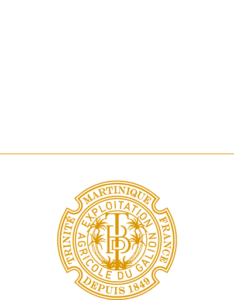
TERROIR RHUM

TERROIR RHUM
BY CONTINUING YOUR NAVIGATION ON THIS SITE, YOU CERTIFY THAT YOU ARE OF AGE IN YOUR COUNTRY
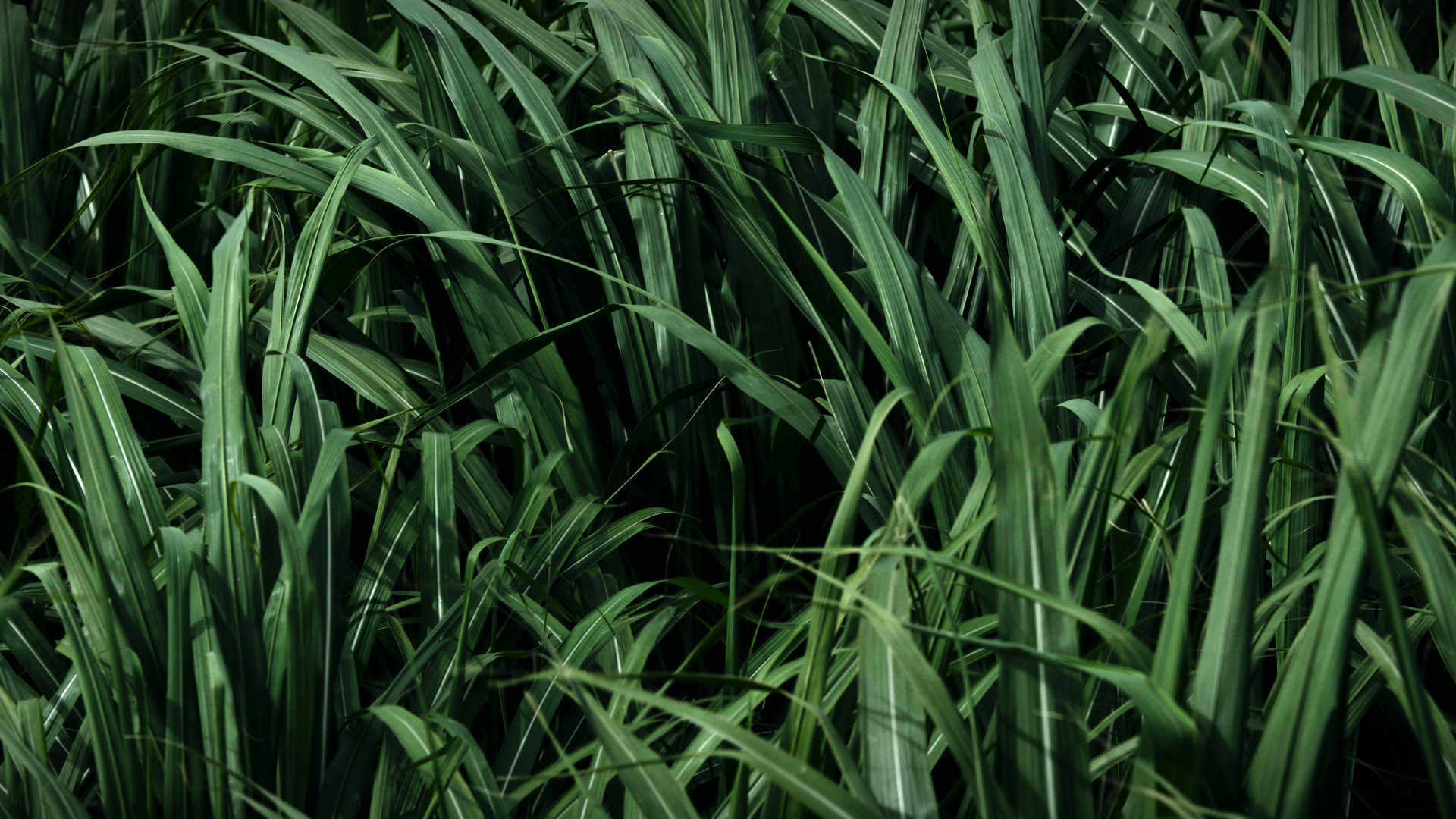
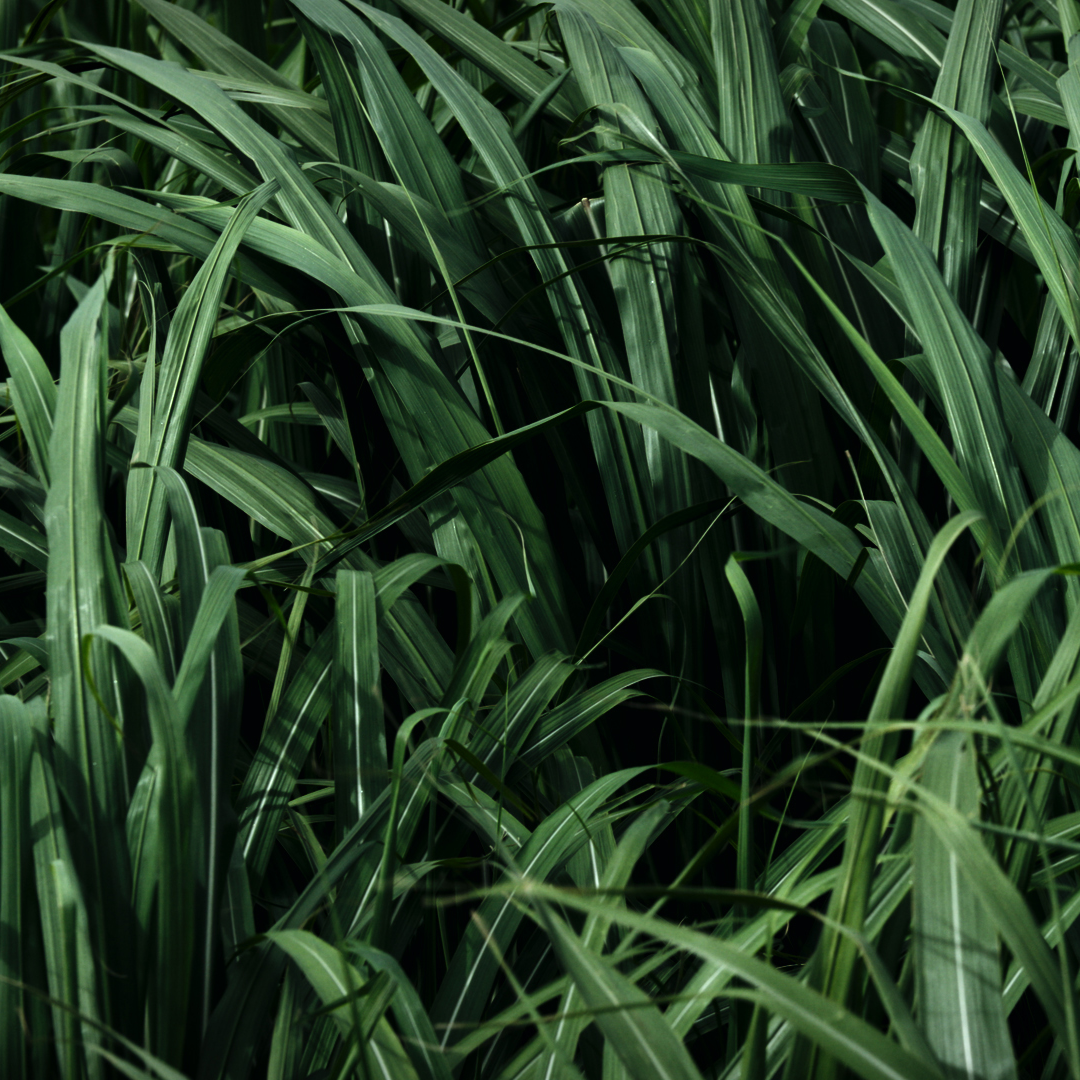
In an ecosystem where the global supply of rum is largely unregulated in terms of manufacturing practices and the addition of sugar, caramel, flavourings or colourings, we take on and fight for total traceability and transparency regarding the origin of our cane, our manufacturing methods and the ingredients that make up our rums.


Baie des Trésors is the purest expression of the Martinique terroir. No sugar, caramel or other additives of any kind are added. The colour is completely natural, as is the flavour. The rum is produced by distilling the juice of freshly pressed cane, fermented (vesou) and aged in small oak barrels.
100% NATURAL, 100% NO ADDITIVES, 100% NO COLOURING, 100% NO ADDED FLAVOURING, 100% NO WOOD CHIPS, 100% PARCEL-BASED
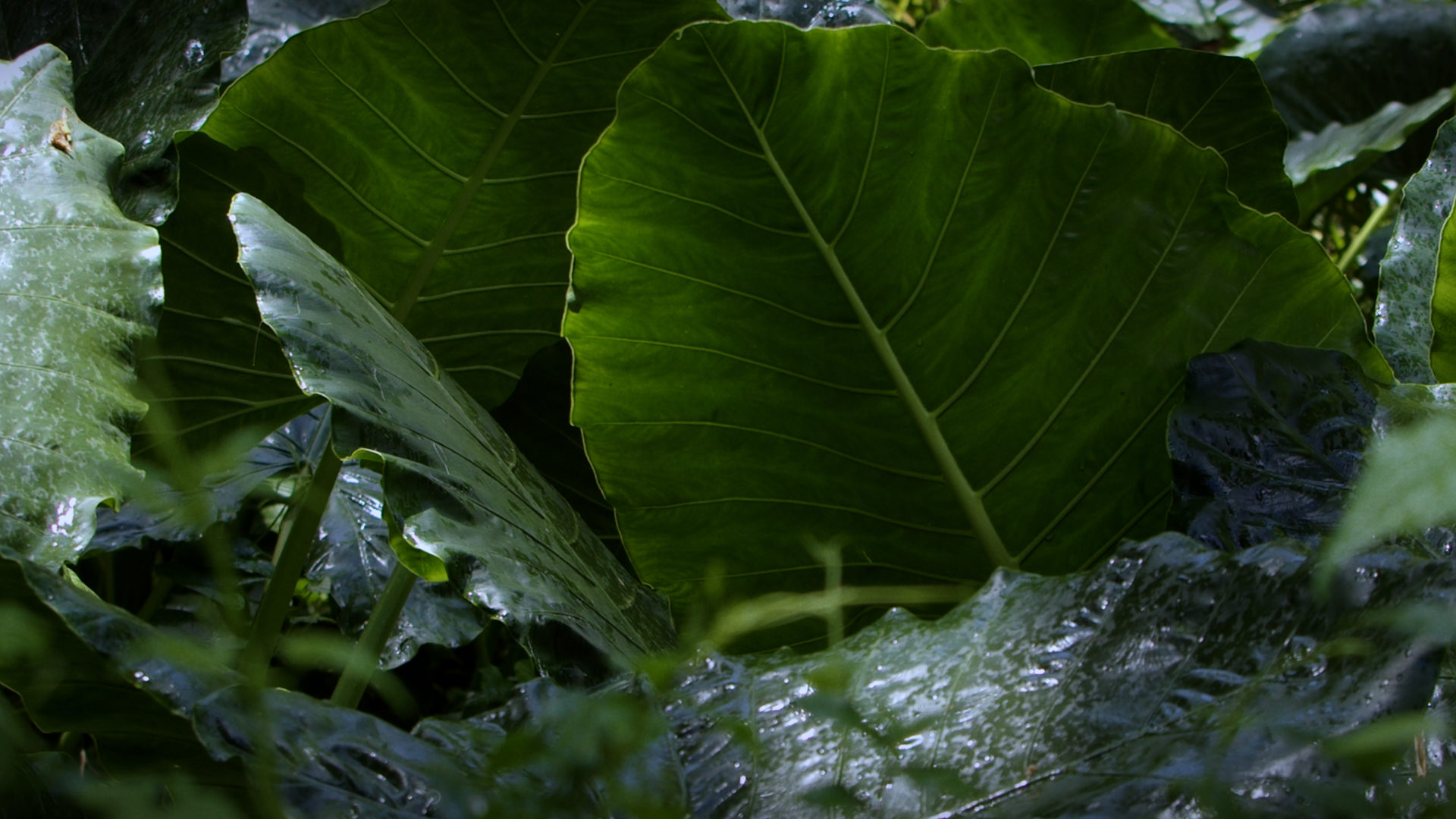
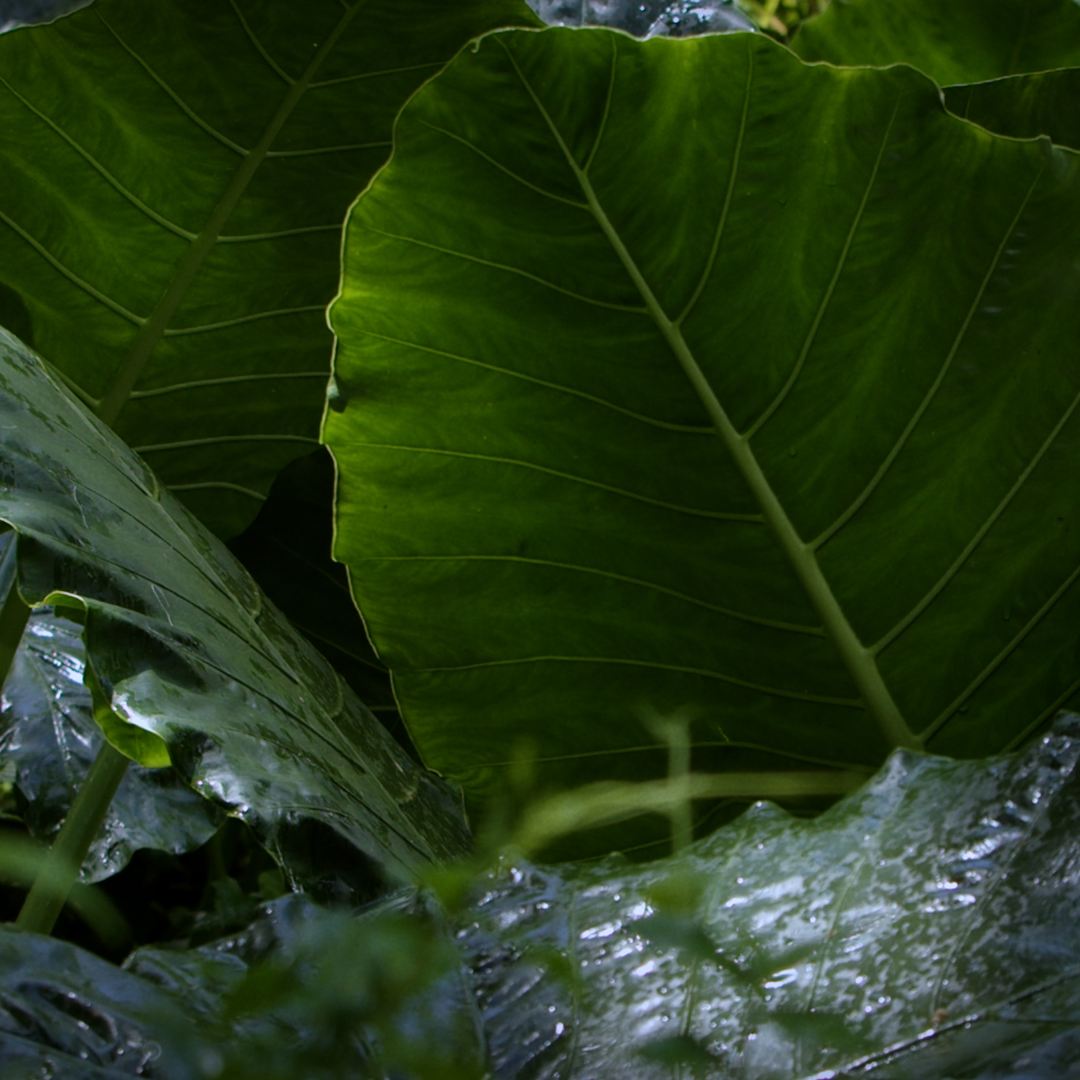
The whole approach of Baie des Trésors is to produce 100% local rums made from the only cane we produce on the Galion farm. We know each of the cane parcels that make up the plantation, and thanks to the precision agriculture that we’ve implemented on all our parcels, we’re able to trace the history of each of them.
From field to bottle, Fruits des Pluies will always be the expression of the cane from the neighbouring wetter parcels of Dufferet and Brin Amour, Fleurs du Vent from the dry parcels of Spoutourne, while Plein Soleil is a white rum made only from cane from the dry parcel of Fond Basile.
The cane taken field to factory is from a single parcel, as is the crushing, fermentation and distillation.
The ageing is also parcel-based and the barrel selection will always remain the same for each parcel: American oak for Fleurs du Vent, French oak for Fruit des Pluies.
We’re proud to be one of the rums benefiting from the AOC Martinique appellation, a pioneer in defending demanding specifications to produce exceptional rums.


Martinique and the land currently occupied by the Exploitation Agricole du Galion have had a relationship with sugar cane since the 17th century. This cane, which loves warm climates, sun and water, has embraced this land and shaped the landscape. It has also written much of the history of this country, and its men and women. Established in 1849 on these lands, the Galion has always remained faithful to it and been characterised by an identity rooted strongly in cane.
In addition to its culinary, economic and historical interest, sugar cane has also proved to have ecological advantages. It does not require irrigation, can be grown in a relatively dry climate and does not cause soil erosion. It is also an effective weapon against Saharan dust. These phenomena are particularly relevant to the Galion region, which stretches along the Atlantic coast.
Cane also returns a large amount of carbon to the soil and produces a significant amount of biomass. For the past ten years, bagasse has also been recycled to supply a renewable energy plant built on the Galion lands.

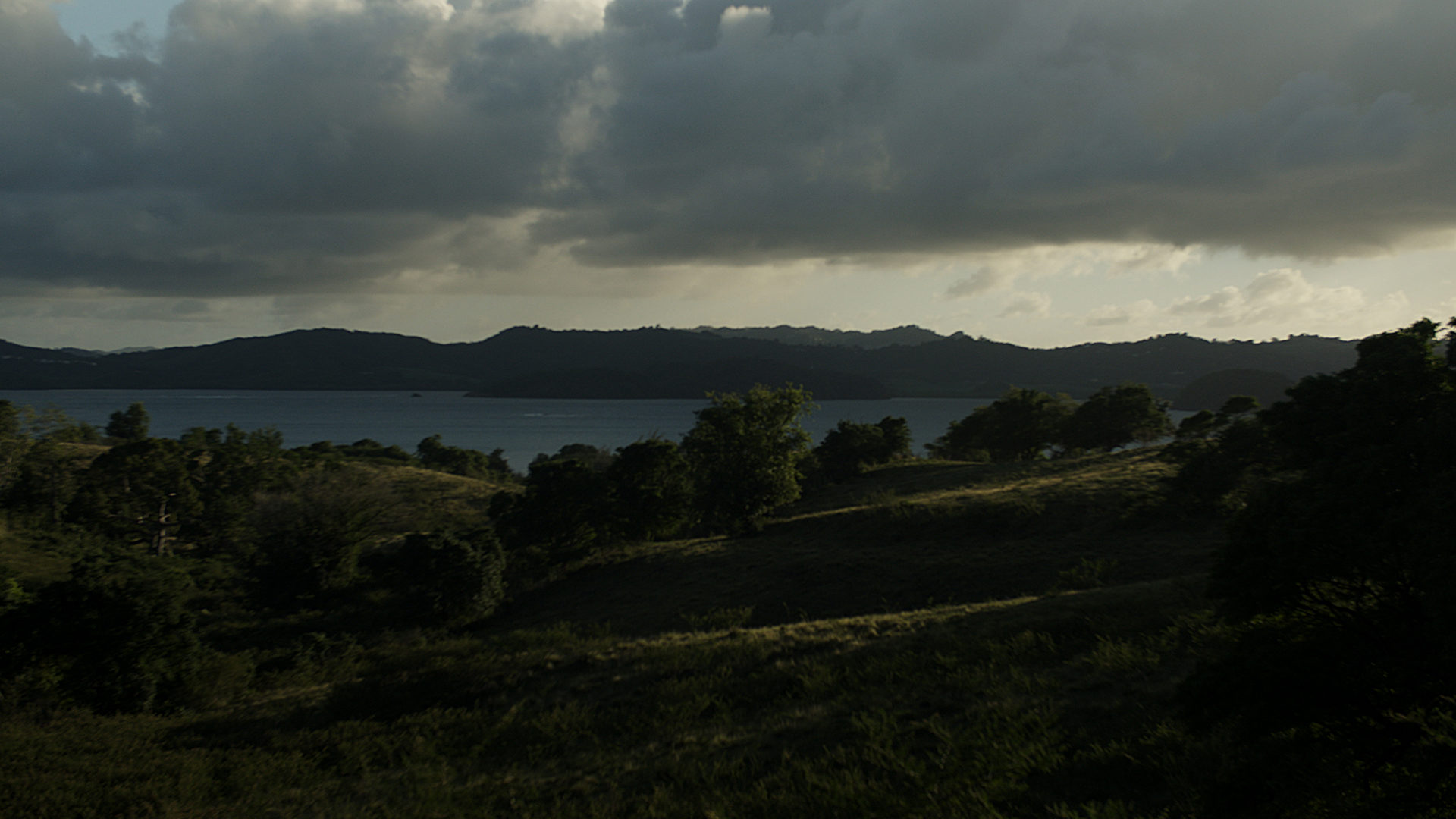
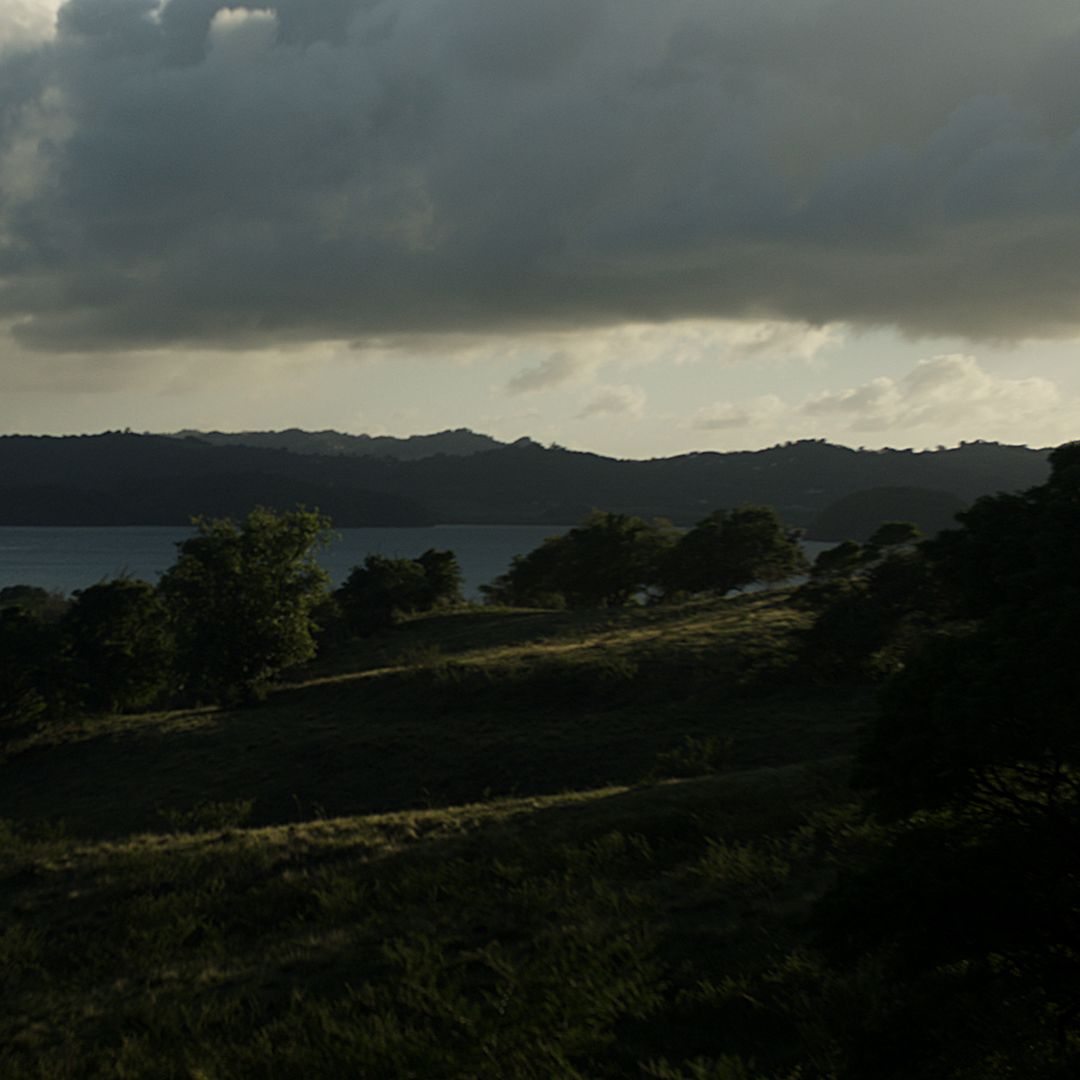
Our approach is resolutely ecological, but without applying a ready-made method. For us, sustainable development is a overarching responsibility, both ecological, of course, but also socio-economic and human. We’re responsible for this balance between human development and nature. Our duty is as much to protect the white breasted thrasher of the Caravelle as it is to protect jobs in the banana centres and sugar cane fields. It’s as much about protecting biodiversity as it is about encouraging the development of sustainable energy and methods on the plantation.
We want to remain attentive to our region, its own specific features and those of Martinique and its island-based reality. This is why we often look back to our history to find the reasoned use of natural resources, to make a circular economy the standard within our plantation and to continue to put down lasting roots in this remarkable terroir.


The Exploitation Agricole du Galion has always made sure it preserves its terroir while supporting the development of Martinique. Since the 1980s, EAG has always allowed the communes of Le Robert and La Trinité to develop on its land. It is the only one to have done so, and so three-quarters of the town of La Trinité is built on Galion land. From the town, all the super structures, estates, schools, school estate, social security building, nurseries, stadium and hospital are built on Galion’s land. It is thanks to this that La Trinité has experienced demographic and urban expansion.